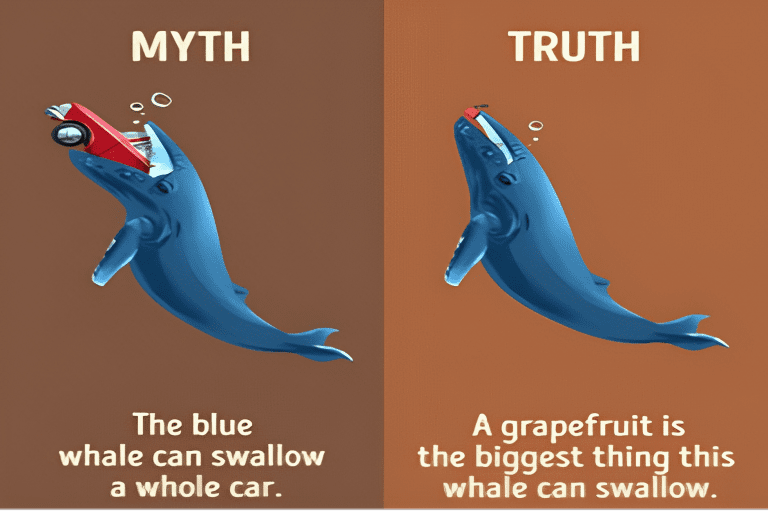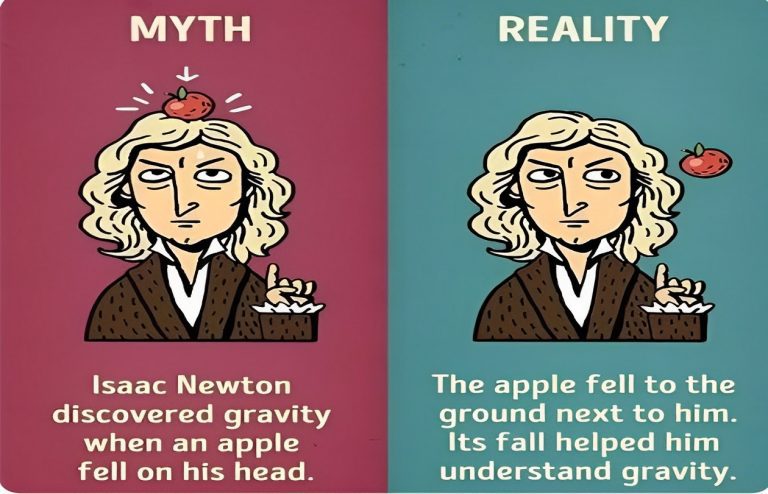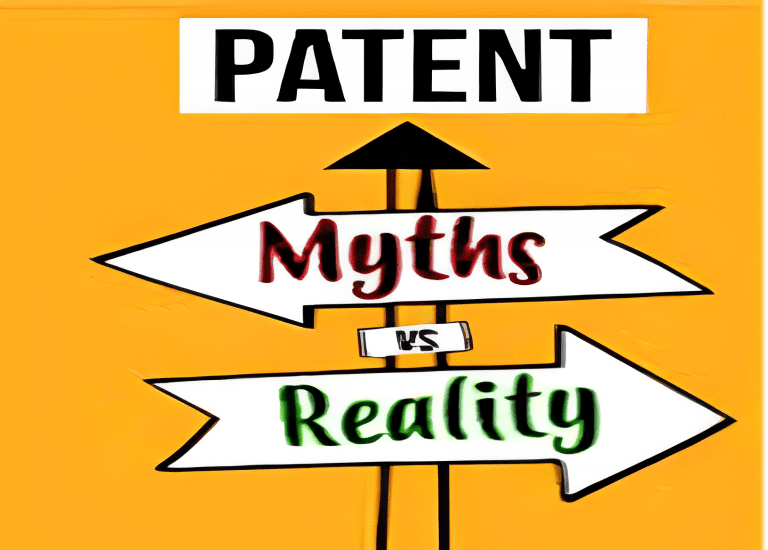Myth 1: You can patent an idea to prevent someone from stealing it!
The reality is that you cannot protect an idea or a theory! You cannot seek IP right on just an idea or an abstract concept. The patent system only allows the protection of inventions that are novel and have an industrial application. You can only protect the practical execution of your idea. You need to develop a technical solution to a technical problem using your idea to protect it.
For example, let’s suppose you invent a concept of wireless charging, and you are the one who thought of this idea first, but you cannot get a patent by just claiming wireless charging. You need to develop a practical implementation of the theory, how the theory works, what components you need for implementation, etc.
Myth 2: A patent protects your invention worldwide!
The reality is that as of now there is no international or universal patent. Patent protection gives you rights that are limited by time and territory. A patent is only valid in the country in which you applied. You cannot get a worldwide patent just by filing a single application in a single country. However, there are Eurasian Patents, European Patents, and PCTs, that can reduce costs and effort at the initial stage of filing the patent application.
Myth 3: A patent gives you the guarantee to produce and sell your product!
The reality is that a patent does not give you rights to produce and sell your product. A patent right does not mean that you have the freedom to operate. The products that will be sold may infringe other patents. To determine whether your product falls within the scope of patents that are owned by others, and hence to know whether you are free to make, use and sell your products you need to search for earlier patents that are currently in force that are relevant to your product. You may also, get the freedom to operate search conducted by an IP firm to know whether it is safe to use or sell your product and the patents on which your products may infringe. You may modify your product accordingly before commercializing.
In other words, the motive of a patent is to allow you to prevent others from using your invention without your consent. However, a patent right does not allow you to use your invention with respect to patents owned by others without their consent.
Myth 4: A patent has worth only if you have the budget to sue those who infringe on your patent!
The reality is that a patent is a valuable asset that also has commercial value. Although litigations play an important role, there are many other potential uses beyond litigation such as:
- Attracting funds from investors,
- Marketing
- Enhancing the company’s valuation,
- Building confidence from clients, etc.
Patented products get an edge in the market as companies can showcase their product as superior compared to other products available in the market. E.g. , Amway has used patents as their marketing tool by mentioning “Patented” on most of their products. Likewise, many other companies mention “patented” on their products to get an edge over other products.
Myth 5: Patentability/ novelty searches can be conducted by anybody!
Conducting patentability searches is not a cakewalk! Just because there are free patent databases available, the majority of people think that anybody can conduct a patentability search, but the reality is different.
The patentability search is a complex process and needs expertise. Anyone can not just find a prior art from the patent’s sea. You need a patent search expert for this job!
Myth 6: Software is not patentable!
For the past many years, this is a topic of debate that whether the software is patentable or not. People believe that software is not patentable and can only be protected using a copyright.
But the reality is that software inventions are patentable. Although the code of software can be protected only by copyright, the actual implementation and functionality of the software can be protected by a patent. The only condition is that it should be novel, non-obvious, and should have industrial applicability.
Myth 7: You cannot infringe a patent because you did not copy anybody’s product!
The patent infringement case can be filed against you even if you had no intent to copy anybody’s product or were unaware of the fact that the patent which is relevant to your product existed. The intentional infringement can cause you more damage. However, the patent owner is not required to prove that the infringement was intended to recover the damages. To reduce the risk of unintended infringement you can get the freedom to operate search conducted by an IP firm or an expert searcher.








